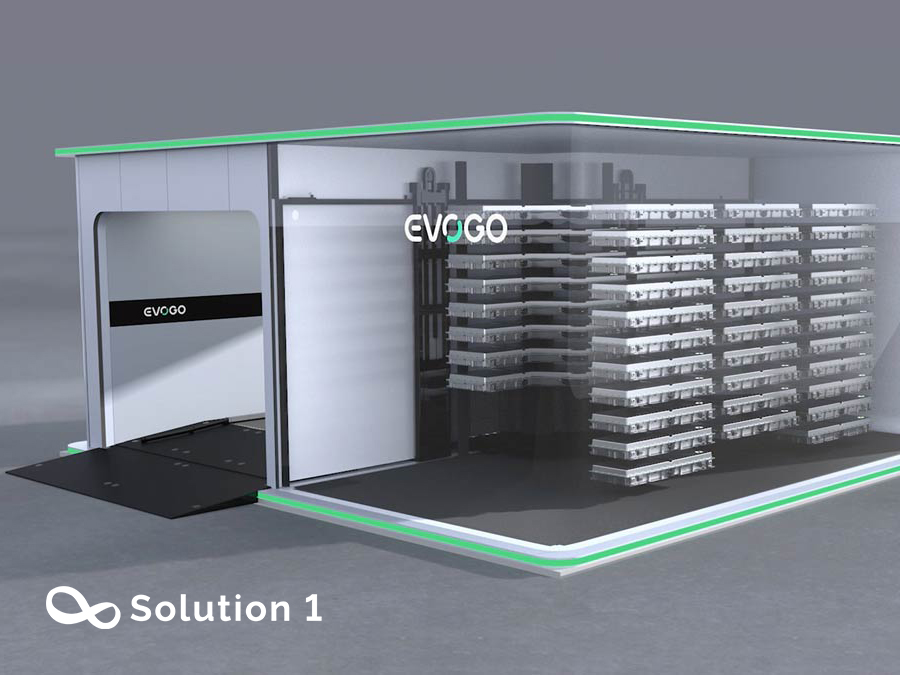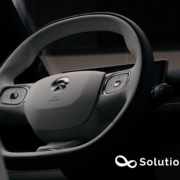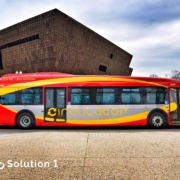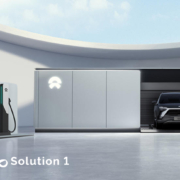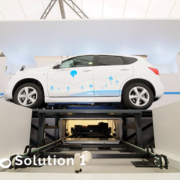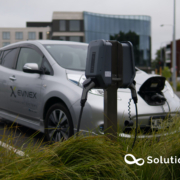Electric vehicle battery swapping can help even out peak loads and store energy.
Source:CATL
Due to constraints such as geographical location, limited availability of battery swapping stations, and overcrowding at stations, there is a need to design a more flexible and efficient electric vehicle battery swap architecture. Two modes of battery swapping can be distinguished, passive mode and active mode. In passive mode, the goal of having enough energy to drive an electric vehicle anytime and anywhere is not realized. Drivers must travel to the battery swapping stations to replace the battery pack. Due to the limitations of the location of the station and the number of existing batteries, there may still be a long waiting time for an available battery at that time.
In active mode, battery swapping is performed using an additional vehicle that pulls up to a vehicle with a battery that is near or discharged. Recently, a new high-speed electric vehicle battery-swapping device has been developed. Such a device can be mounted on a vehicle that is converted into a mobile battery swapping station. The battery removal and installation operations take place at the same time. Thus, the whole swapping process is very fast and takes only a few minutes. Using a van as the battery swapping station, the exchange can be carried out at any time and at any place.
The electric vehicle owner would like to replace his discharged battery with a fully charged one in the shortest time possible and move on while the battery swapping station owner considers the most favorable electricity price for him to recharge the discharged battery and minimize the associated costs. Also important is the inherent interdependence between the battery swapping station and the power system.
The behavior of electric vehicle owners is unpredictable, and there are limited options for coordinated charging and discharging of grid-connected electric vehicle batteries at this time. Uncontrolled charging of plug-in electric vehicles might have a significant impact on the power system as they can contribute to load growth during peak demand. A battery swap solution offers a controlled charging strategy in terms of scheduling battery charging time without plugging in and immobilizing an entirely electric vehicle for more than 20 minutes. Charging stations for the batteries themselves or battery swapping stations that are also charging stations are able to defer charging to off-peak demand hours, which can solve the grid overload problem.
From the power system’s point of view, battery swapping stations are a large flexible load. The energy storage capability of electric vehicle batteries provides an excellent opportunity for the owner of the battery swapping station to offer grid services. By controlling the charging and discharging times of the batteries, the potential peak demand or overload caused by the increasing penetration of electric vehicles can be flattened. This can be achieved by setting an intelligent charging schedule without having to upgrade the current grid infrastructure. Electric vehicle batteries can also help regulate the frequency of a grid.
From the perspective of the power grid, the battery swapping station is a crucial part of balancing the power load and optimizing the power sale profit. Considering the vehicle to- grid model, swapped batteries are owned by the battery-swapping station, and the grid can buy energy from the fully recharged batteries if the grid power load is low.
In the battery swapping station operation model, each battery swapping station must buy a large amount of energy from the power grid. The grid can also formulate corresponding policies for battery swapping stations, including the varied/time-of-use electricity price, instant power limit, and accumulated electricity quantity.


